Solid-state transformer (SST) technology is one of the developing technologies that will be widely used in the future to integrate low-voltage and high-voltage networks with control circuitries and power electronics converters, facilitating renewables integration in smart grid applications. SST technology has crucial key advantageous features, including compact size and weight, low cost, and ease of connection in offshore applications. However, SST technology exhibits a few concerns, such as implementation, protection, economic, and communication compatibility, that need to be addressed.
- solid-state transformers
- advanced control and operation
- power converters
- power grids
1. Introduction
| Ref. | Year | Focused Topics | Key Factors |
|---|---|---|---|
| [3] | 2021 | This research proposes a DC–DC converter for a hybrid AC/DC SST. Multilevel, bidirectional, and four-port are the critical features of the proposed DC–DC converter. | Research issues and difficulties, as well as contemporary trends, are not taken into account. |
| [4] | 2021 | A unique construction based on bidirectional multilevel power converters on both sides of the SST, and the suggested SST’s applicability to hybrid power networks. | The authors did not refer in the article to any research gaps. Therefore, the difficulties associated with research and validation are not well addressed. |
| [5] | 2021 | A modern traction system used SST technology in smart grid applications and distributed generating sources like solar and wind. | This research ignores the problems and difficulties that may arise. Sustainability and dependability were not given sufficient attention. The control system was ignored. |
| [6] | 2021 | The background of hybrid alternating current/direct current grids in future power grids, their inherent problems and possibilities, and how to maximize power transfer | The article does not detail the research gap and lack of power quality. |
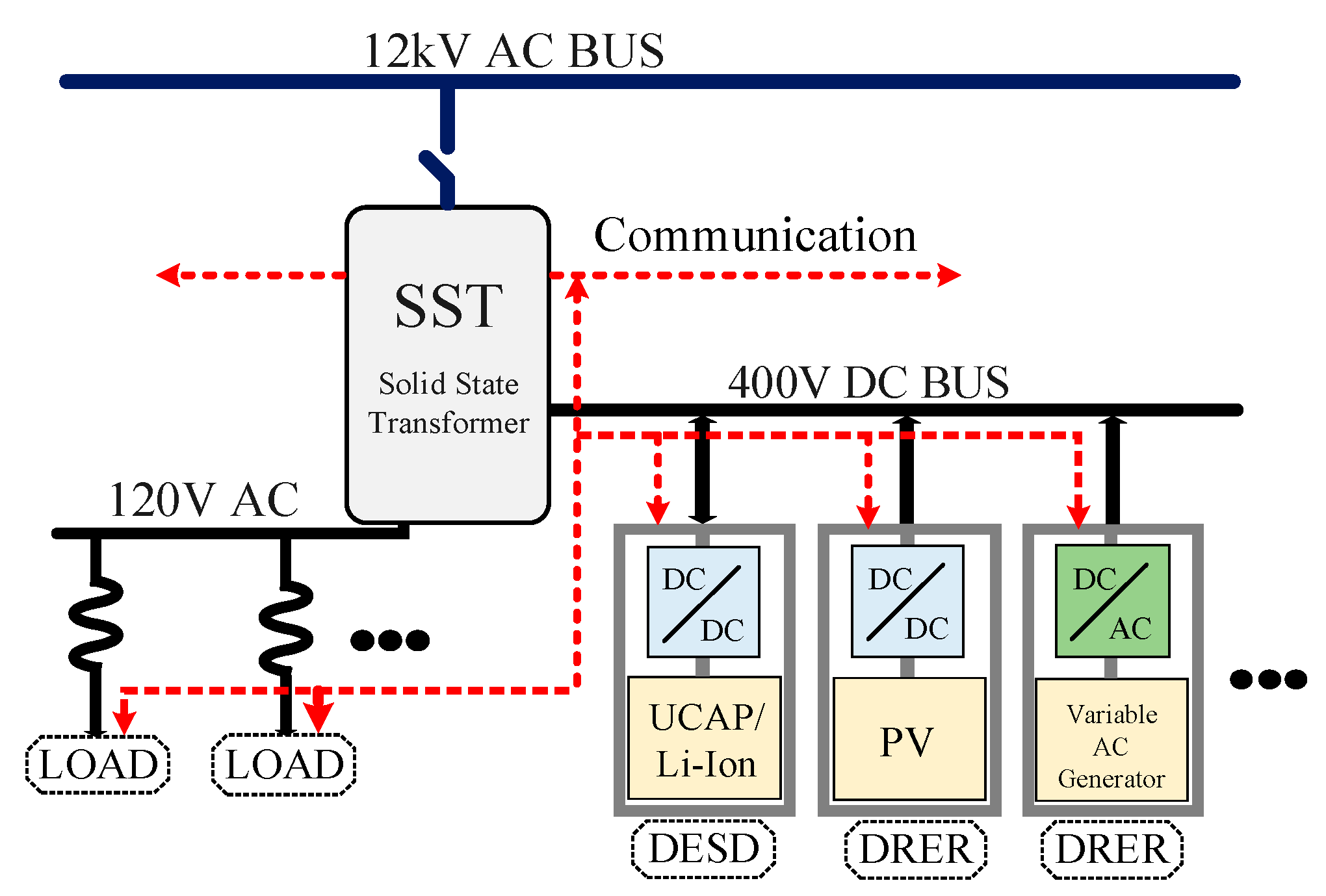
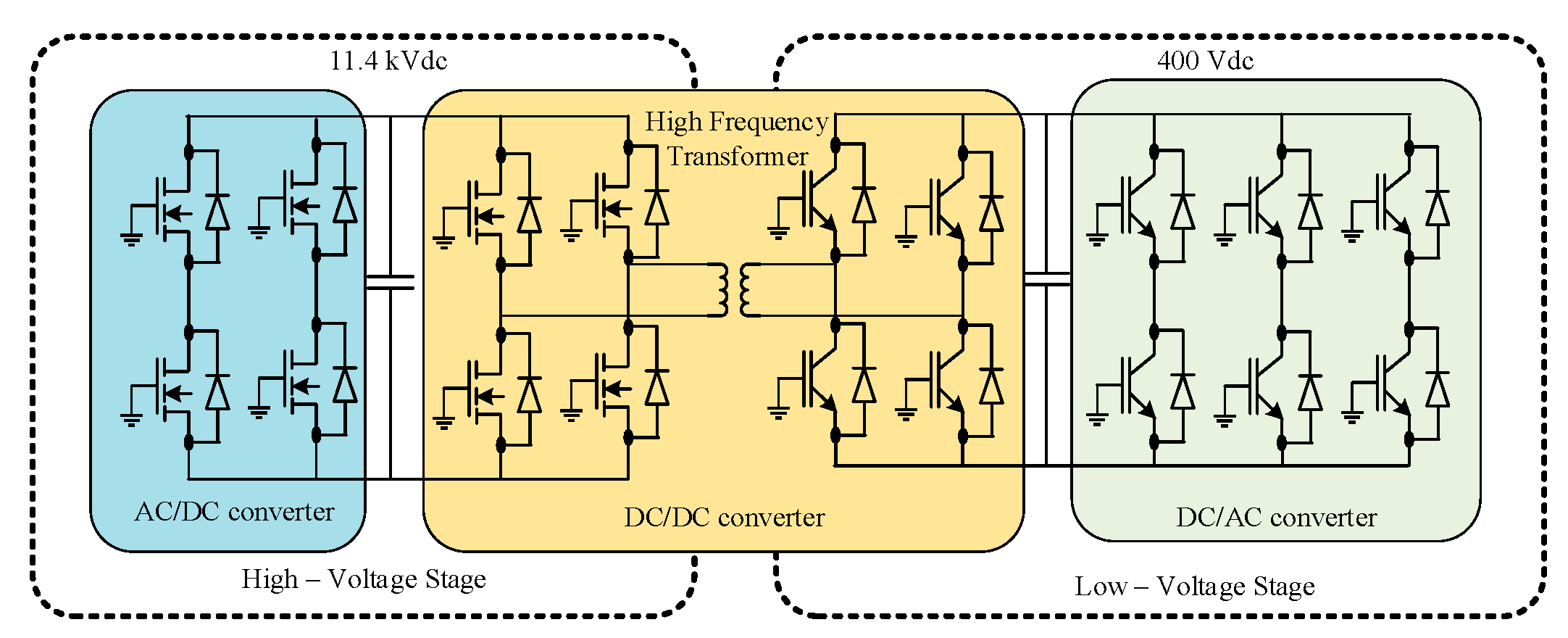
2. Issues and Challenges of SST Technology
2.1. Conversion Efficiency Challenge
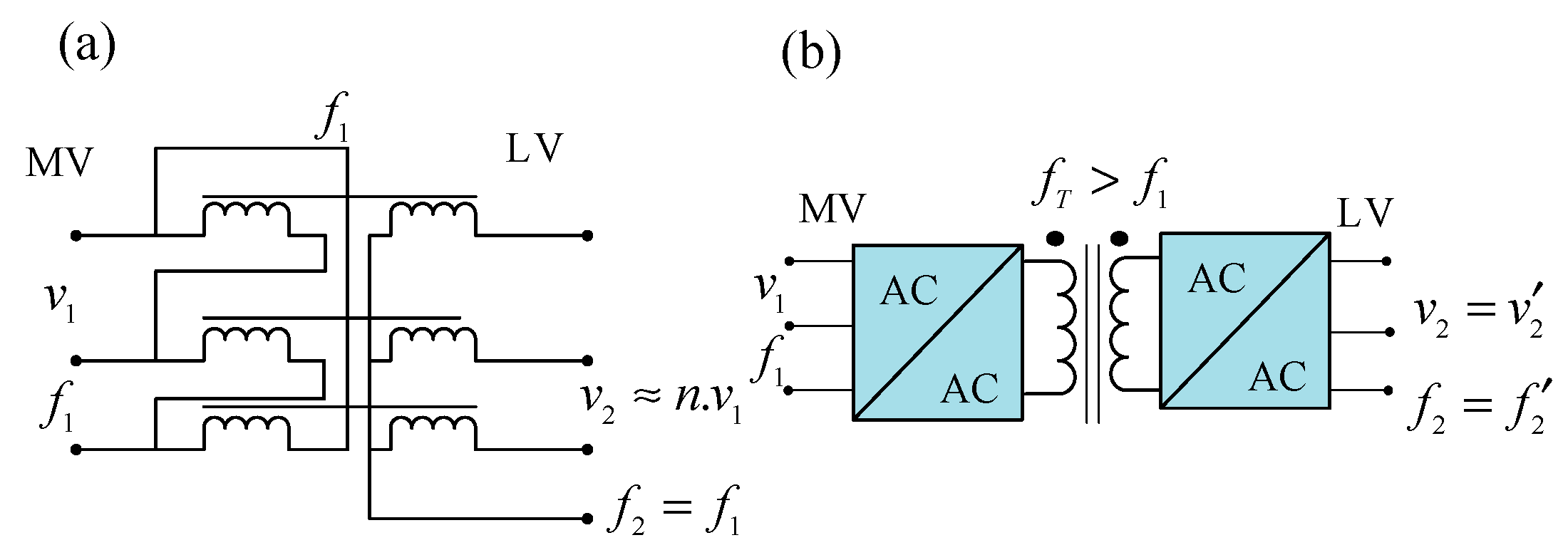
2.2. Cost Challenge
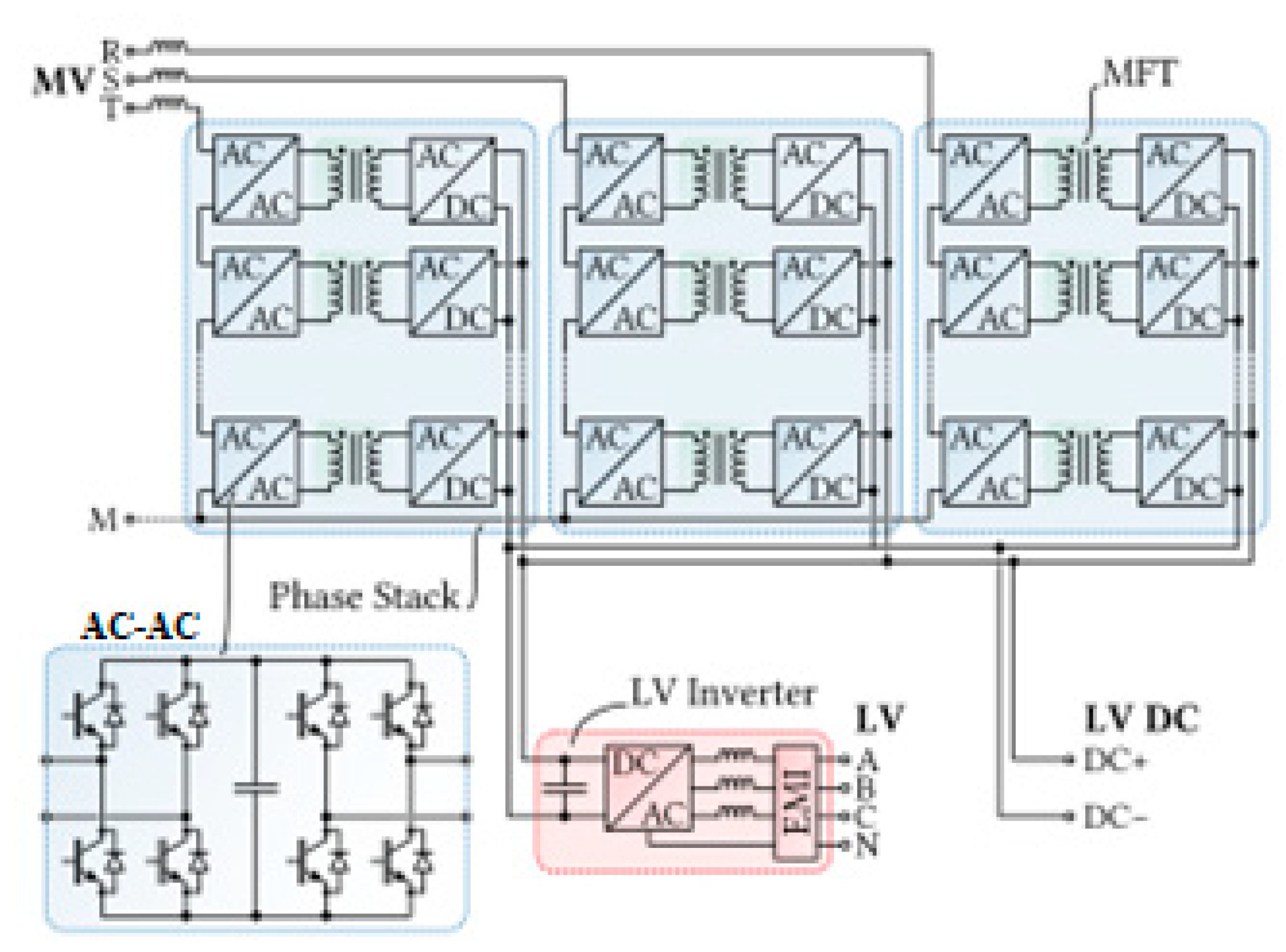
2.3. Compatibility Challenge
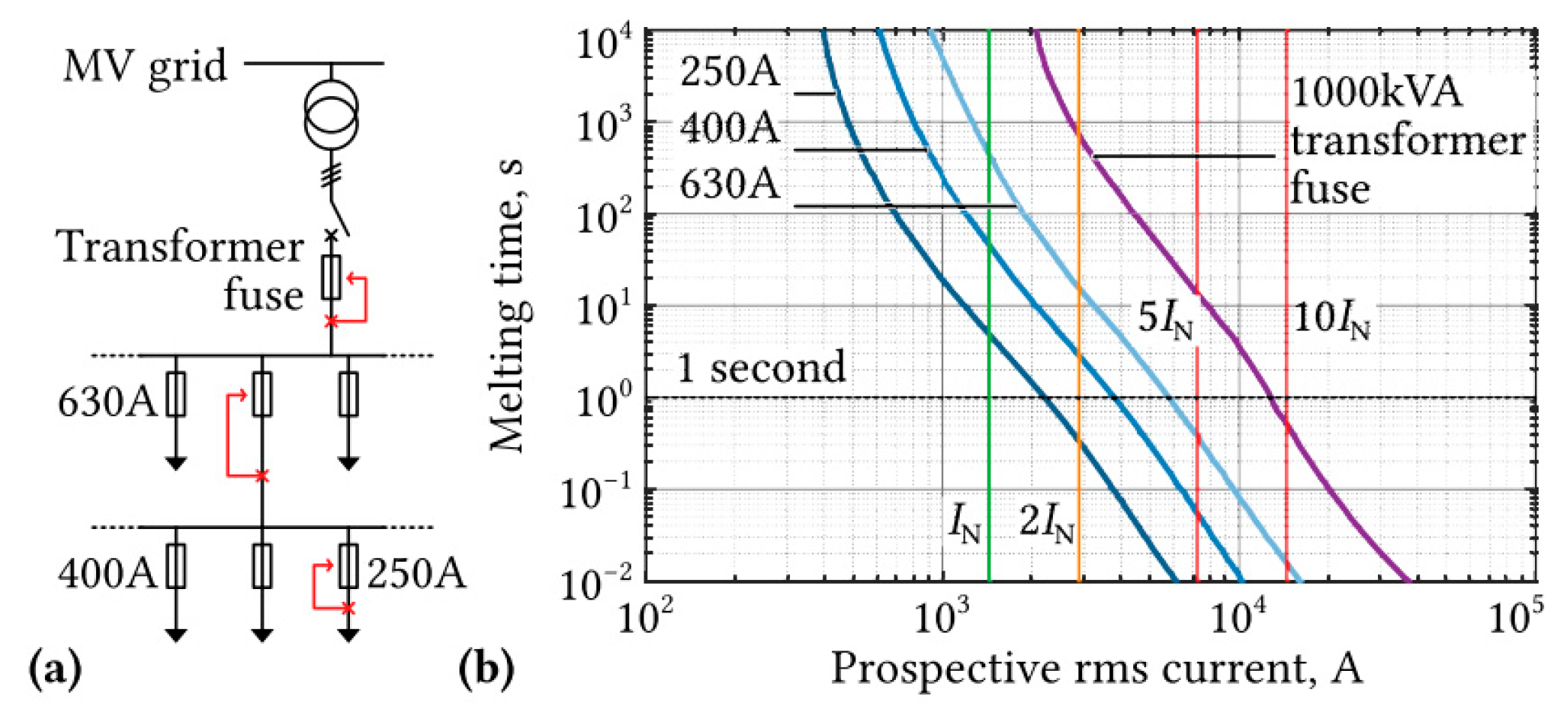
2.4. System Topologies
2.5. Other Issues
This entry is adapted from the peer-reviewed paper 10.3390/electronics11172648
References
- Almaguer, J.; Cárdenas, V.; Espinoza, J.; Aganza-Torres, A.; González, M. Performance and control strategy of real-time simulation of a three-phase solid-state transformer. Appl. Sci. 2019, 9, 789.
- Chernyi, S. Techniques for selecting topology and implementing the distributed control system network for maritime platforms. AKCE Int. J. Graphs Comb. 2018, 15, 219–223.
- Monteiro, V.; Oliveira, C.; Afonso, J.L. A Multilevel Bidirectional Four-Port DC-DC Converter to Create a DC-Grid in Solid-State Transformers with Hybrid AC/DC Grids. In Proceedings of the International Young Engineers Forum (YEF-ECE), Caparica/Lisboa, Portugal, 9 July 2021; pp. 26–31.
- Monteiro, V.; Pedrosa, D.; Coelho, S.; Sousa, T.; Machado, L.; Afonso, J.L. A Novel Multilevel Solid-State Transformer for Hybrid Power Grids. In Proceedings of the International Conference on Smart Energy Systems and Technologies (SEST), Vaasa, Finland, 6–8 September 2021; pp. 1–6.
- Shadfar, H.; Ghorbani Pashakolaei, M.; Akbari Foroud, A. Solid-state transformers: An overview of the concept, topology, and its applications in the smart grid. Int. Trans. Electr. Energy Syst. 2021, 31, e12996.
- Monteiro, V.; Martins, J.S.; Fernandes, J.C.A.; Afonso, J.L. Review of a Disruptive Vision of Future Power Grids: A New Path Based on Hybrid AC/DC Grids and Solid-State Transformers. Sustainability 2021, 13, 9423.
- Shi, J.; Gou, W.; Yuan, H.; Zhao, T.; Huang, A.Q. Research on voltage and power balance control for cascaded modular solid-state transformer. IEEE Trans. Power Electron. 2011, 26, 1154–1166.
- Zhao, T.; Wang, G.; Bhattacharya, S.; Huang, A.Q. Voltage and power balance control for a cascaded H-bridge converter-based solid-state transformer. IEEE Trans. Power Electron. 2013, 28, 1523–1532.
- Shah, D.G.; Crow, M.L. Stability design criteria for distribution systems with solid-state transformers. IEEE Trans. Power Deliv. 2014, 29, 14759118.
- Bottrell, N.; Prodanovic, M.; Green, T.C. Dynamic stability of a microgrid with an active load. IEEE Trans. Power Electron. 2013, 28, 5107–5119.
- Onwuchekwa, C.N.; Kwasinski, A. Dynamic behavior of single-phase full-wave uncontrolled rectifiers with instantaneous constant-power loads. In Proceedings of the IEEE Energy Conversion Congress and Exposition, Phoenix, AZ, USA, 17–22 September 2011; pp. 3472–3479.
- Strasser, T.; Andrén, F.; Kathan, J.; Cecati, C.; Buccella, C.; Siano, P.; Leitão, P.; Zhabelova, G.; Vyatkin, V.; Vrba, P.; et al. A review of architectures and concepts for intelligence in future electric energy systems. IEEE Trans. Ind. Electron. 2015, 62, 2424–2438.
- Saleh, S.A.; Richard, C.; Onge, X.F.S.; McDonald, K.M.; Ozkop, E.; Chang, L.; Alsayid, B. Solid-state transformers for distribution systems—Part I: Technology and construction. IEEE Trans. Ind. Appl. 2019, 55, 4524–4535.
- Huber, J.E.; Kolar, J.W. Volume/weight/cost comparison of a 1MVA 10 kV/400 V solid-state against a conventional low-frequency distribution transformer. In Proceedings of the IEEE Energy Conversion Congress and Exposition (ECCE), Pittsburgh, PA, USA, 14–18 September 2014; pp. 4545–4552.
- Guillod, T.; Krismer, F.; Kolar, J.W. Protection of MV converters in the grid: The case of MV/LV solid-state transformers. IEEE J. Emerg. Sel. Top. Power Electron. 2016, 5, 393–408.
- Kabalcı, E. Solid state transformers with multilevel inverters. In Multilevel Inverters; Elsevier: Amsterdam, The Netherlands, 2021; pp. 249–266.
- Zheng, L.; Han, X.; Kandula, R.P.; Kandasamy, K.; Saeedifard, M.; Divan, D. 7.2 kV three-port single-phase single-stage modular soft-switching solid-state transformer with active power decoupling and reduced dc-link. In Proceedings of the IEEE Applied Power Electronics Conference and Exposition (APEC), New Orleans, LA, USA, 15–19 March 2020; pp. 1575–1581.
- Avdeev, B.; Vyngra, A.; Chernyi, S. Improving the electricity quality by means of a single-phase solid-state transformer. Designs 2020, 4, 35.
- Krismer, T.G.F.; Färber, R.; Franck, C.M.; Kolar, J.W. Protection of MV/LV solid-state transformers in the distribution grid. In Proceedings of the IECON 41st Annual Conference of the IEEE Industrial Electronics Society, Yokohama, Japan, 9–12 November 2015; pp. 003531–003538.
- Shi, H.; Wen, H.; Hu, Y.; Yang, Y.; Wang, Y. Efficiency optimization of DC solid-state transformer for photovoltaic power systems. IEEE Trans. Ind. Electron. 2020, 67, 3583–3595.
- Li, R.; Xu, L.; Yao, L.; Williams, B.W. Active control of DC fault currents in DC solid-state transformers during ride-through operation of multi-terminal HVDC systems. IEEE Trans. Energy Convers. 2016, 31, 1336–1346.
- Gorla, N.B.Y.; Kolluri, S.; Chai, M.; Panda, S.K. A comprehensive harmonic analysis and control strategy for improved input power quality in a cascaded modular solid state transformer. IEEE Trans. Power Electron. 2019, 34, 6219–6232.
- Wei, Q.; Wu, B.; Xu, D.; Zargari, N.R. A medium-frequency transformer-based wind energy conversion system used for current-source converter-based offshore wind farm. IEEE Trans. Power Electron. 2017, 32, 248–259.
- Cardenas, R.B.; Molinas, M. Comparative study of wind turbine power converters based on medium-frequency AC-link for offshore DC-grids. IEEE J. Emerg. Sel. Top. Power Electron. 2015, 3, 525–541.
- Krishnamoorthy, H.S.; Rana, D.; Garg, P.; Enjeti, P.N.; Pitel, I.J. Wind turbine generator–battery energy storage utility interface converter topology with medium-frequency transformer link. IEEE Trans. Power Electron. 2014, 29, 4146–4155.
- Dannier, A.; Rizzo, R. An overview of Power Electronic Transformer: Control strategies and topologies. In Proceedings of the International Symposium on Power Electronics, Electrical Drives, Automation and Motion, Sorrento, Italy, 20–22 June 2012; pp. 1552–1557.
- Chen, H.; Prasai, A.; Moghe, R.; Chintakrinda, K.; Divan, D. A 50-kVA three-phase solid-state transformer based on the minimal topology: Dyna-C. IEEE Trans. Power Electron. 2016, 31, 8126–8137.
- Kouro, S.; Malinowski, M.; Gopakumar, K.; Pou, J.; Franquelo, L.G.; Wu, B.; Rodriguez, J.; Pérez, M.A.; Leon, J.I. Recent advances and industrial applications of multilevel converters. IEEE Trans. Ind. Electron. 2010, 57, 2553–2580.
- Rahman, M.A.; Islam, M.R.; Muttaqi, K.M.; Sutanto, D. Data-Driven Coordinated Control of Converters in a Smart Solid-State Transformer for Reliable and Automated Distribution Grids. IEEE Trans. Ind. Appl. 2020, 56, 4532–4542.
- Qin, H.; Kimball, J.W. Solid-state transformer architecture using AC–AC dual-active-bridge converter. IEEE Trans. Ind. Electron. 2013, 60, 3720–3730.
